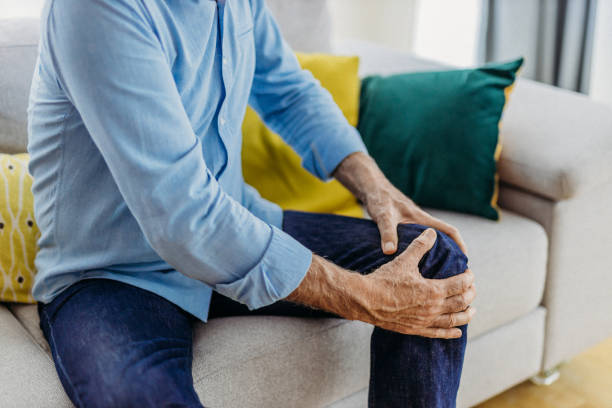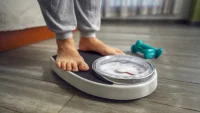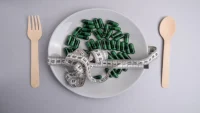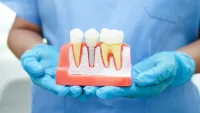Knee pain is a common issue that affects many individuals, often requiring effective pain management strategies. One such method involves the use of knee pain plasters, designed to provide localized relief. Proper application is essential for ideal results. This guide outlines the necessary steps to guarantee the effective use of these plasters. Understanding the nuances of each phase can greatly impact the overall experience and outcome. The key steps begin with selecting the appropriate plaster.
Choosing the Right Knee Pain Plaster
When selecting an appropriate knee pain plaster, individuals must consider several critical factors to guarantee ideal relief and effectiveness. To begin with, the type of knee pain—whether acute or chronic—should guide the choice. Additionally, it is essential to assess the active ingredients, as some formulations contain analgesics, while others may include anti-inflammatory compounds.
The size and adhesive quality of the knee pain plaster also matter, ensuring proper coverage and comfort during movement. Finally, individuals should consider any allergies to materials used in these plasters. Overall, informed choices regarding knee pain plasters can greatly enhance the user’s experience and outcome.
Preparing Your Knee for Application
Properly preparing the knee before applying a plaster is essential for maximizing its effectiveness and guaranteeing comfort. First, the skin must be cleansed thoroughly using mild soap and water to remove any dirt or oils, which can impede adhesion. After drying the area completely, it is advisable to inspect for any signs of irritation or injury that may affect knee health.
If necessary, gently exfoliate any rough patches to create a smooth surface. Finally, make sure that the knee is in a relaxed position, as tension can influence the plaster’s application and overall effectiveness. Proper preparation lays the foundation for ideal pain relief.
Applying the Knee Pain Plaster
Applying the knee pain plaster requires careful attention to technique to guarantee ideal adherence and efficacy. First, make certain the skin is clean and dry, free from moisture or oils. Select a Wellnee pflaster of appropriate size, and carefully peel it from its backing without touching the adhesive side. Position the patch directly over the area of pain, applying gentle pressure to secure it in place.
Smooth out any air bubbles to enhance contact with the skin. It is essential to follow manufacturer guidelines regarding duration of use to maximize the therapeutic benefits of the wellnee patches and prevent skin irritation.
Monitoring and Adjusting Usage
Effective monitoring and adjustment of knee pain plaster usage can considerably enhance therapeutic outcomes. Regular assessment of the affected area is vital to determine the effectiveness of wellnee patches. Users should observe for changes in pain levels, inflammation, and skin reactions. Adjustments may involve varying the duration of application or frequency based on individual responses.
If discomfort or adverse reactions occur, it is advisable to discontinue use and consult a healthcare professional. Keeping a log of usage and symptoms provides valuable insights for optimizing treatment. Adapting usage patterns guarantees maximum benefit from wellnee patches while minimizing potential side effects.
Tips for Enhanced Effectiveness and Comfort
While ensuring ideal comfort and effectiveness, users of knee pain plasters can benefit from several key strategies. First, applying wellnee patches to clean, dry skin enhances adhesion and absorption. Second, positioning the patch over the most painful area optimizes localized relief. Users should also adhere to recommended application times, allowing the ingredients to penetrate effectively.
Additionally, maintaining a consistent temperature around the knee can improve comfort; avoiding extreme cold or heat is advisable. Finally, individuals should monitor skin reactions to prevent irritation, ensuring a comfortable experience while maximizing the therapeutic effects of the wellnee patches.
Conclusion
To sum up, utilizing knee pain plasters effectively involves a systematic approach that includes selecting the appropriate product, preparing the skin, and ensuring proper application. Continuous monitoring of skin reactions and adjusting the duration of use based on individual comfort are essential for ideal results.
Additionally, maintaining a symptom log can enhance treatment efficacy. By following these outlined steps, users can maximize the benefits of knee pain plasters, ultimately leading to improved pain management and quality of life.

Vivan Henderson, a professional photographer born in Texas. Photography is his passion. He was fond of nature in his childhood. So he took his passion as a profession. He is basically nature photographer but also take other type of photo. He completed graduation in computer science from Texas Tech University. He lives in Houston with his wife and two children’s.





